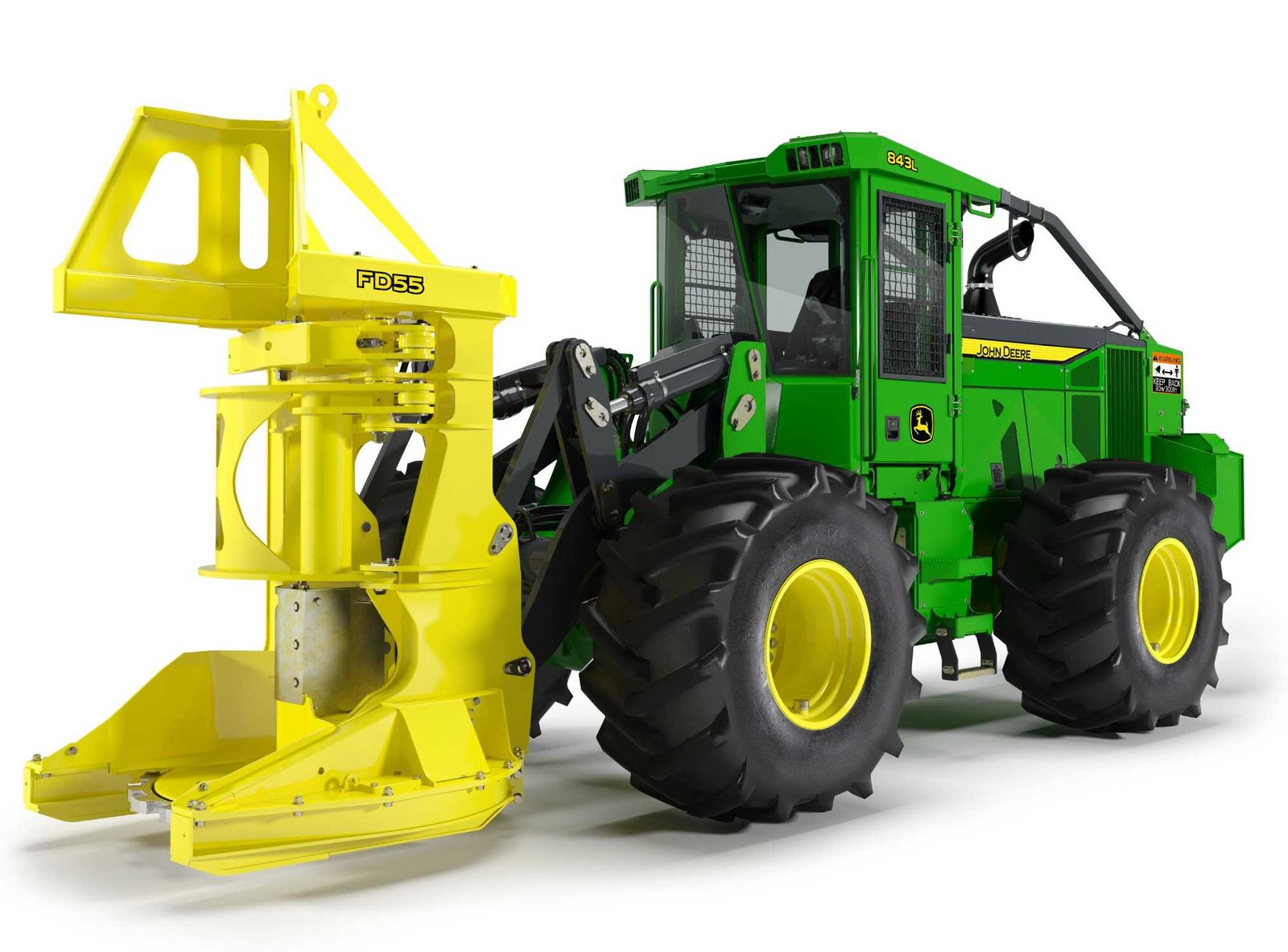
In the vast expanses of forests that cover our planet, the timber industry relies on efficient machinery to harvest trees sustainably and economically. Among the arsenal of equipment used in forestry operations, feller bunchers stand out as powerful and versatile machines designed specifically for tree felling and collection. From their inception to their modern-day innovations, feller bunchers have transformed the way forests are harvested, offering increased productivity, reduced labor costs, and improved safety.
The Evolution of Feller Bunchers
The history of feller bunchers can be traced back to the mid-20th century when the timber industry began seeking alternatives to manual tree felling methods. Early mechanized felling machines, known as tree fellers or felling saws, were mounted on tractors or skidders and operated by a single operator. These machines were rudimentary compared to modern feller bunchers but laid the foundation for mechanized tree harvesting.
As technology advanced and the demand for timber grew, the need for more efficient and productive harvesting equipment became evident. In the 1970s, the first dedicated feller bunchers emerged, featuring hydraulically operated cutting heads and gripping arms. These early models were typically mounted on tracked or wheeled bases and offered improved efficiency and maneuverability compared to their predecessors.
Over the decades, feller bunchers underwent significant advancements in design, power, and functionality. Modern feller bunchers are equipped with state-of-the-art hydraulic systems, ergonomic operator cabs, and advanced control systems, making them highly efficient and user-friendly.
Anatomy of a Feller Buncher
A typical feller buncher consists of several key components, each essential for its operation:
- Cutting Head: The cutting head is the business end of the feller buncher, equipped with a powerful saw or shear capable of felling trees quickly and efficiently. Some models feature rotating or tilting heads to facilitate cutting at different angles and positions.
- Gripping Arms: Adjacent to the cutting head are gripping arms, also known as bunching arms, which are used to grasp and collect felled trees. These arms are hydraulically operated and can securely hold multiple trees simultaneously, forming “bunches” for efficient extraction.
- Power Source: Feller bunchers are typically powered by diesel engines, providing the necessary horsepower to drive the hydraulic systems, cutting head, and propulsion mechanisms. Engine sizes vary depending on the machine’s size and intended application, with larger models capable of tackling more demanding harvesting tasks.
- Operator Cab: The operator cab serves as the control center of the feller buncher, housing the controls, instrumentation, and seating for the operator. Modern cabs are designed for comfort and visibility, with features like air conditioning, ergonomic seating, and panoramic windows for optimal visibility.
- Tracks or Wheels: Feller bunchers are available in both tracked and wheeled configurations, each offering distinct advantages depending on the terrain and operating conditions. Tracked models provide superior traction and stability in rough terrain, while wheeled models offer greater speed and maneuverability on flat surfaces.
Applications in Forestry
Feller bunchers play a crucial role in various forestry operations, including:
- Clearcutting: In clearcutting operations, where entire sections of forest are harvested, feller bunchers are used to fell trees systematically and efficiently. They can create paths through dense vegetation, allowing other equipment such as skidders or forwarders to access and remove the felled timber.
- Selective Harvesting: In selective harvesting or thinning operations, where specific trees are targeted for removal to promote forest health and regeneration, feller bunchers are used to selectively fell and collect trees according to predetermined criteria. This precise approach minimizes damage to remaining trees and vegetation.
- Steep Slope Harvesting: Feller bunchers equipped with specialized features such as tilting or leveling cabs and advanced stabilization systems are used in steep slope harvesting operations. These machines can operate safely on challenging terrain, reducing the need for manual labor and mitigating the risk of accidents.
Advantages of Feller Bunchers
The adoption of feller bunchers offers numerous benefits to forestry operations:
- Increased Productivity: Feller bunchers can fell and collect trees at a much faster rate than manual labor, significantly increasing productivity and reducing harvesting time.
- Cost Efficiency: By automating the tree harvesting process, feller bunchers reduce the need for manual labor, resulting in lower labor costs and improved cost efficiency.
- Improved Safety: Feller bunchers enhance safety in forestry operations by reducing the risk of accidents and injuries associated with manual tree felling. Operators are protected within the confines of the operator cab, away from falling trees and debris.
- Environmental Sustainability: Feller bunchers contribute to sustainable forestry practices by minimizing soil disturbance and reducing the impact on surrounding vegetation during harvesting operations. Their precise cutting capabilities also enable selective harvesting, preserving valuable trees and habitats.
Future Trends and Innovations
As technology continues to advance, feller bunchers are expected to undergo further innovations to enhance their performance and sustainability. Some emerging trends include:
- Hybrid and Electric Models: Manufacturers are exploring hybrid and electric feller buncher models to reduce emissions and fuel consumption, particularly in environmentally sensitive areas.
- Advanced Automation: Integration of automation technologies such as artificial intelligence and machine learning may enable feller bunchers to operate autonomously or with minimal human intervention, improving efficiency and productivity.
- Telematics and Remote Monitoring: Enhanced connectivity features and telematics systems allow for remote monitoring of feller buncher performance, enabling proactive maintenance and optimization of operations.
Conclusion
Feller bunchers have revolutionized the way forests are harvested, offering increased efficiency, productivity, and safety in forestry operations. From their humble beginnings to their modern-day innovations, these powerful machines continue to play a vital role in the timber industry, ensuring sustainable forest management practices while meeting the growing demand for wood products. As technology advances and environmental considerations become increasingly important, feller bunchers are poised to remain indispensable assets in the forestry sector, driving efficiency, sustainability, and innovation forward.